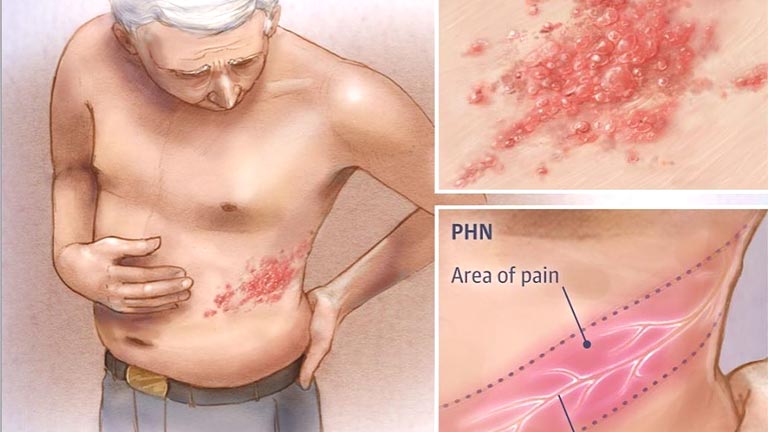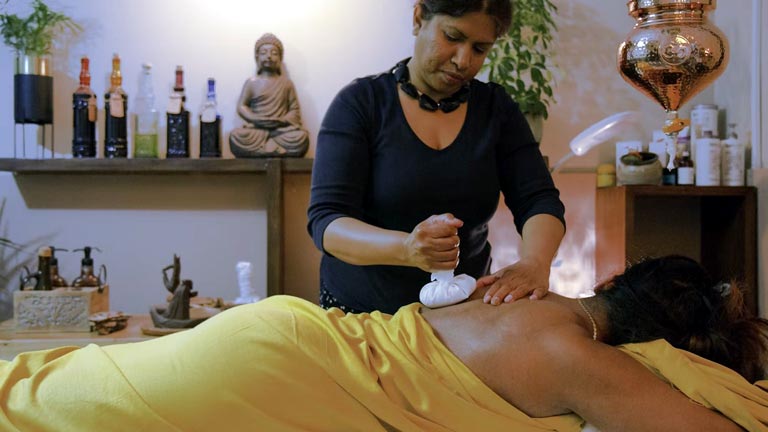
Our feet are remarkable structures. They bear the brunt of our daily activities, yet get little attention. Our feet endure constant pressure and strain. This happens from running marathons to simply standing for long periods. Understanding and addressing common foot problems can significantly enhance our overall well-being. Let’s dive into some of the most prevalent foot woes and explore practical solutions for each.
Common Foot Problems
Our feet can have many problems. Most of these issues are preventable or manageable with proper care. Here are some of the most common foot problems and how to combat them.
Athlete’s Foot
Athlete’s foot is a fungal infection. It causes itchy, red, and flaky skin. The infection often starts between the toes. This condition thrives in warm, moist places. For example, in sweaty socks and locker rooms.
Prevention is key. Wash your feet thoroughly with soap and water after sweating, especially after exercise. Change your socks daily, opting for moisture-wicking materials like cotton or wool. Consider using antifungal foot powder to keep feet dry and prevent fungal growth. If symptoms arise, over-the-counter antifungal creams are effective for most cases.
Blisters
Blisters are fluid-filled pockets that form between the layers of your skin. They typically appear as dome-shaped bubbles and can be filled with clear fluid, blood, or pus. Blisters are caused by friction, rubbing against your skin. This friction can come from shoes that don’t fit well. It can also come from repetitive rubbing or burns. The body’s natural response is to make a fluid layer. It cushions the irritated area and aids healing.
Invest in well-fitting shoes that offer proper support and avoid shoes that rub or pinch. Opt for moisture-wicking socks to minimize friction. Start with short wear periods and gradually increase time in new shoes. Resist the urge to pop a blister! Popping increases the risk of infection. Cover it with a sterile bandage to prevent irritation and allow it to heal naturally. If the blister is large or painful, consult a podiatrist for proper drainage.
Corns and Calluses
They are areas of thickened skin. They form from repeated friction or pressure. Imagine areas on your feet that constantly rub against your shoes or socks. The body, in an attempt to protect itself, thickens the skin in those areas to create a barrier. This thickened skin is what we call corns and calluses. While corns and calluses can be unsightly, they’re usually not painful. However, where they are and how big they are can make them uncomfortable. They can affect your daily activities.
Identify the source of friction. Are your shoes too tight? Do your socks bunch up? Addressing the cause is crucial to prevent recurrence. You can use moleskin pads to protect areas prone to corns and calluses. Soak your feet in warm water to soften the skin. Then, use a pumice stone to gently remove hardened skin. But, don’t overdo it. Apply a moisturizing lotion regularly to keep the skin hydrated and supple.
Heel Pain
Heel pain, often caused by plantar fasciitis, can make every step agonizing. This condition results from inflammation of the plantar fascia. This tissue connects the heel bone to the toes. This inflammation can cause stabbing or throbbing pain. It happens most in the morning when you take your first steps.
Stretching exercises that target the plantar fascia are highly effective in reducing pain. A podiatrist can recommend specific stretches based on your individual needs. Orthotic inserts in your shoes can add support. They also spread pressure more evenly. Choose shoes with good arch support and adequate cushioning.
If pain persists for more than a few weeks despite home remedies, consult a podiatrist. They can assess how bad it is. They can recommend more treatments, like therapy or splints.
Bunions and Hammertoes
Bunions are bony bumps that form on the joint at the base of the big toe, often leading to misalignment and pain. Hammertoes are deformities that cause toes to bend or curl downwards. Both conditions can be exacerbated by tight, narrow shoes.
Prevention is key for bunions and hammertoes. But, there are solutions for those already in pain. In recent years, a wave of new foot care tools has emerged. Toe spacers are one of the most effective for these conditions. Toe separators for bunions provide relief by creating space between the toes and promoting proper alignment.
Not all toe spacers are created equal. Seek out brands that offer various sizes and materials to ensure a comfortable, snug fit. The best option for bunion and hammertoe relief has a tailored design. It perfectly fits your foot size. This design ensures even pressure and proper toe alignment. This realignment reduces pain from misaligned joints. It also helps crowded toes in bunions and hammertoes. While searching for options in the market, I learned that Correct Toes is a top brand for toe spacers. A podiatrist designed Correct Toes. It stands out for its customizable fit and high-quality materials. They ensure both comfort and durability.
The benefits of toe spacers extend beyond immediate relief. They improve foot posture and balance. They are a valuable addition to any foot care routine.
Ingrown Toenails
This painful condition occurs when your toenail grows into the surrounding skin. The ingrown portion can cause redness, swelling, and even pus, a sign of infection.
To prevent this, cut your toenails straight across. Follow the natural curve of your toe. Avoid cutting them too short, as this can encourage the nail to grow into the skin. Wear properly fitting shoes that don’t crowd your toes. If you notice an ingrown toenail, try soaking your foot in warm water several times a day. You can gently nudge the nail edge away from the skin with a cotton swab. But, if the pain gets worse, the redness grows, or pus forms, consult a podiatrist right away. This can prevent infection and maybe avoid surgery.
Foot Health for All
Maintaining foot health is essential for everyone, regardless of age or activity level. Here are some key practices to ensure your feet stay in top shape.
Importance of Proper Footwear
Wearing the right shoes is the foundation of good foot health. Shoes should provide adequate support, cushioning, and room for your toes to move freely.
The Power of Daily Care
Incorporating simple daily foot care routines can prevent many common problems. Wash your feet thoroughly, dry them well, especially between the toes, and moisturize to keep the skin soft and supple. Regularly inspecting your feet for any signs of trouble can catch issues early.
DIY Foot Pampering
Pampering your feet doesn’t have to be reserved for the occasional pedicure. Regularly soaking your feet in warm water with Epsom salts can relieve stress and soften the skin. Using a foot scrub or pumice stone can remove dead skin, while a good foot massage can improve circulation and reduce tension.
Conclusion
Taking care of your feet is crucial for overall health and mobility. By fixing common foot problems with the right strategies and prevention, you can keep your feet healthy and pain-free. Remember, investing time in foot care today can prevent many problems tomorrow. It lets you stay active and comfortable with every step. So, treat your feet with the care they deserve – they are, after all, the foundation of your body.




